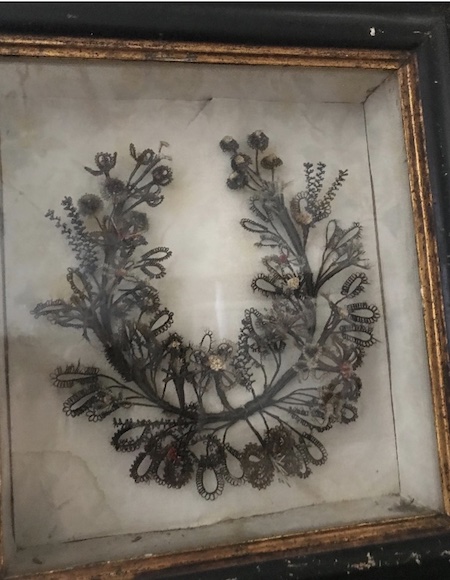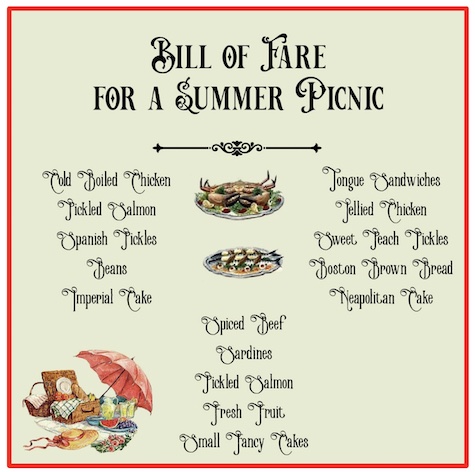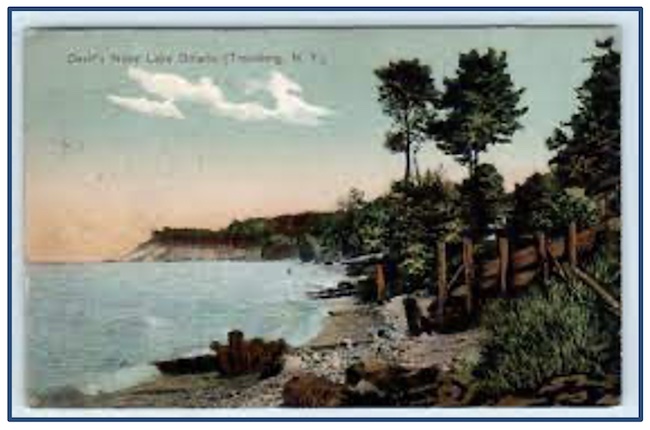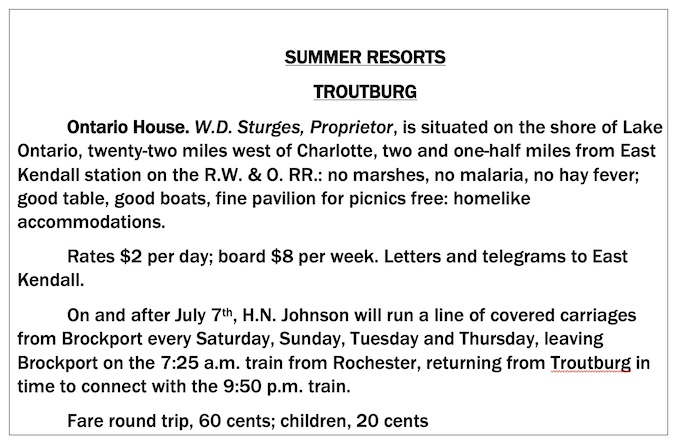Holley’s American Legion Post named for local soldier killed in WWI
By Catherine Cooper, Orleans County Historian
Illuminating Orleans, Vol. 2, No. 37
HOLLEY – The telegram that the parents of every serviceman dreaded was delivered to the Buckman home at 18 Ray St. in Holley on Friday, June 28, 1918.
“Deeply regret to inform you, cable from abroad states that Private Jewell Buckman, Marine Corps, was killed in action, June 7th. Remains will be interred abroad until end of the war. Accept my heartfelt sympathy in your great loss. Your son nobly gave his life in service of his country.” – George Barnett, Major General Commander
Wayne Jewell Buckman was born in town of Stockbridge in Madison County, NY on December 20, 1891. He was the only child of Albert S. Buckman and Almira (Jewell) Buckman. The family moved to the Holley area when he was young.
His father, who was born in England, is listed as a farmer in the 1900 Census for the Town of Murray, and as a mail carrier in the 1915 Census. His mother, known as Myra, was from Murray.
Jewell graduated from Holley High School, Class of 1910. He served as organist for the Baptist Church for three years. He attended the University of Louisiana at Baton Rouge for two years and went to train as a landscape architect at Flint, Michigan with the renowned William Pitkin, Jr. of Boston who was engaged in designing the grounds of estates owned by General Motors executives at that time.
Jewell enlisted at the age of 25 and was sworn into the Marine Corps in Rochester on 26 June 1917. He trained at Parris Island, SC. He and his comrades in the 17th Company, 5th Regiment, Second Division, sailed for France on Dec. 8, 1917.
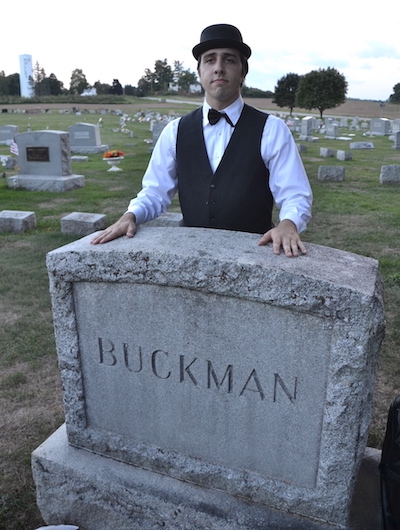
File photo by Tom Rivers: Allen Smeltzer, a Genesee Community College student, portrayed Jewell Buckman in a Ghost Walk at Hillside Cemetery in September 2016. Buckman was the first soldier from Holley to be killed in World War I about a century ago. The American Legion Post in Holley is named in Buckman’s honor. Several GCC students volunteered to serve as ghosts and guides during the Ghost Walk.
A letter to his parents dated May 5, 1918, one month before his death, conveys Buckman’s passion for horticulture and the projects he was planning to complete upon his return home:
“Tell me how the three cut leaf sumacs are doing. Also, take the honeysuckle vine up by the seat and put it on the south side of the front porch….The bricks around the edge of the pool is something I had rather do when I get home….
“I saw red flowering horse chestnuts here for the first time a couple of weeks ago and they were really beautiful, also the laburnum or golden chain tree is in blossom now and believe me there are going to be three planted among the shrubs when I get back.”
But his life was cut short on June 7th, 1918, fifty miles northeast of Paris, at the Battle of Belleau Wood. A comrade, Corporal H.E. McCurdy recounted later:
“After a long, hard day of fighting in the Belleau Wood on June 6th, we took a position on the brow of a large hill, and each man dug a hole to keep out of shell fire. Jewell’s was next to mine. That night, the Germans in some way managed to get around our left flank under cover of total darkness and were right on us before they were discovered.
“It was between two and three o’clock in the morning, a fierce hand-to-hand fight took place, and it was in that fight that Jewell fell. You may know that Jewell died the death of a true man in the field of honor, fighting for his country and flag.”
Pvt. Buckman is buried at Hillside Cemetery in Holley, as are his parents. His mother died in 1932 and his father in 1935.
Pvt. Buckman was the first serviceman from Holley killed in action in World War I. Holley’s American Legion Post 529 was named in his honor. Fifteen World War 1 veterans from the Holley area signed the Post’s Charter application on 17 October 1919, their stated purpose was to assist former comrades in need.
American Legion Jewell Buckman Post 529, located at 5 Wright St. in Holley, continues to observe its stated philosophy of being of service to the community, state and nation. Scott Galliford is the current Post Commander. He encourages those who are eligible to join (email: alholley529@gmail.com)
(Source information: Articles from Holley Standard newspaper on file at the Orleans County Dept. of History.)






















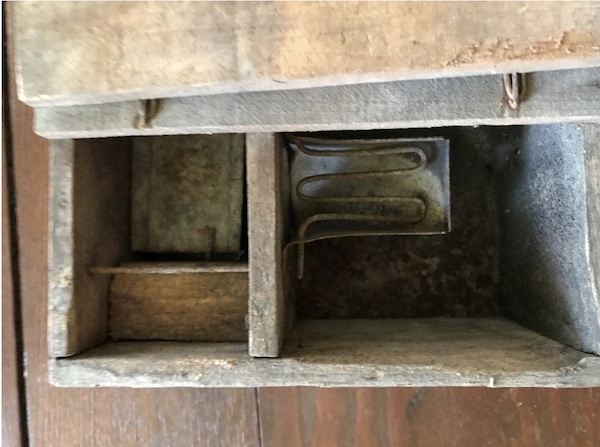










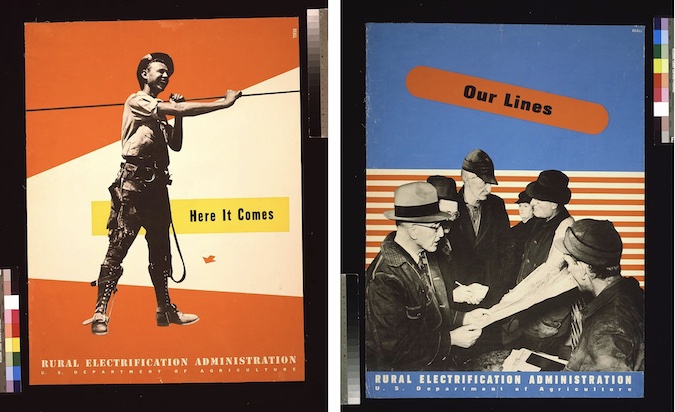

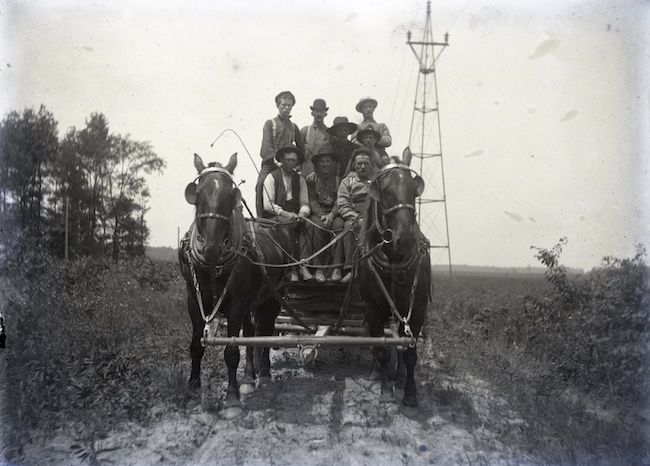


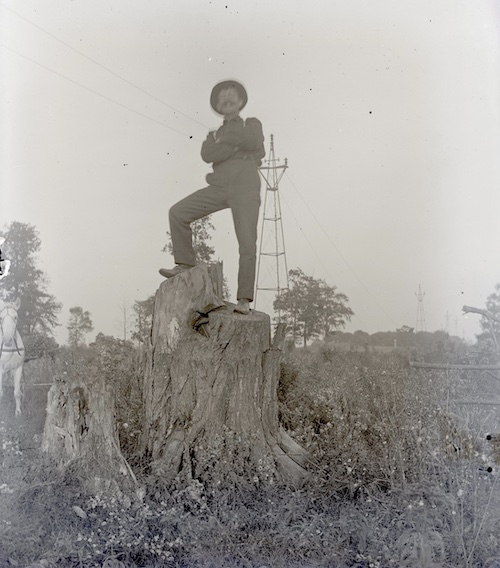
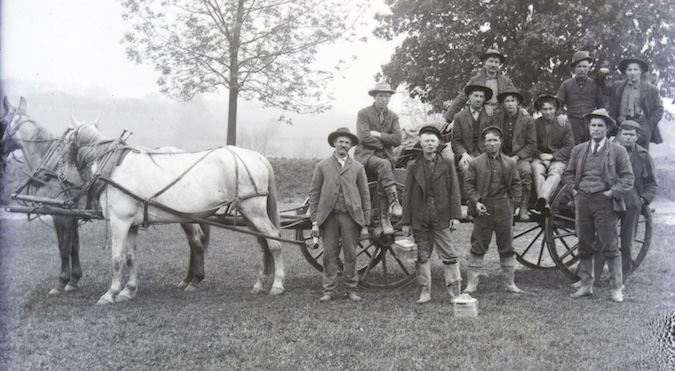
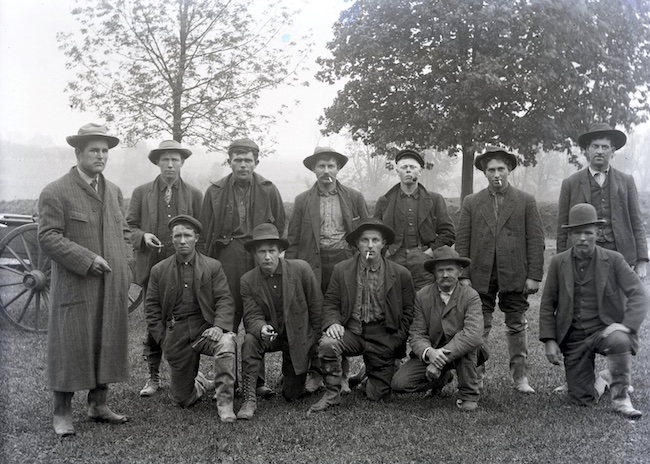
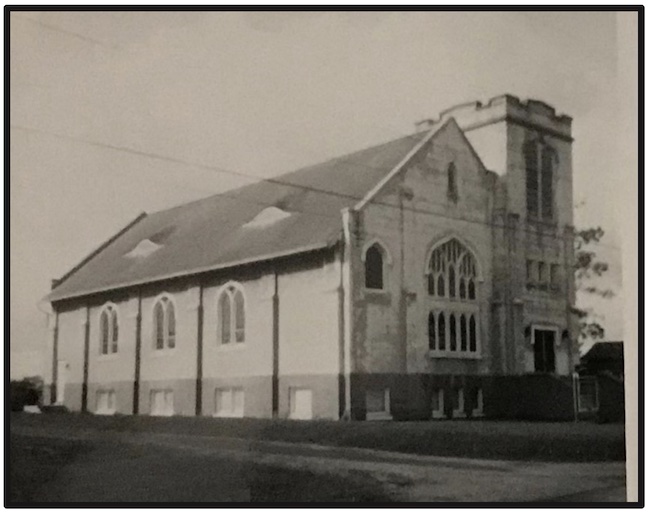
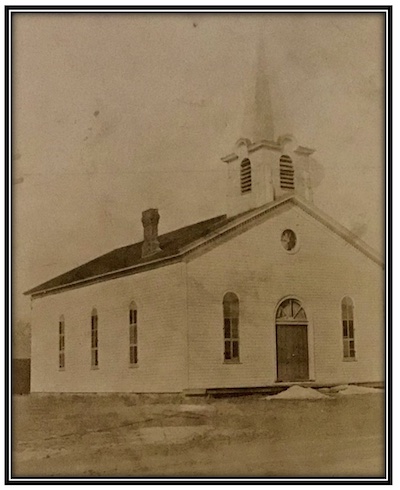
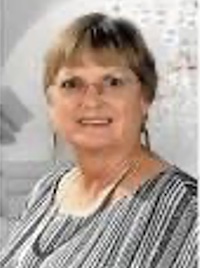
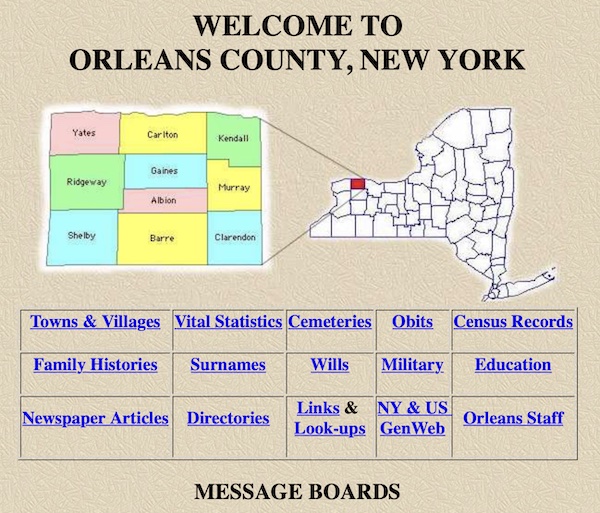

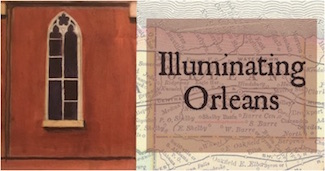 “WOMAN NURSES CAT ON PLANE”
“WOMAN NURSES CAT ON PLANE”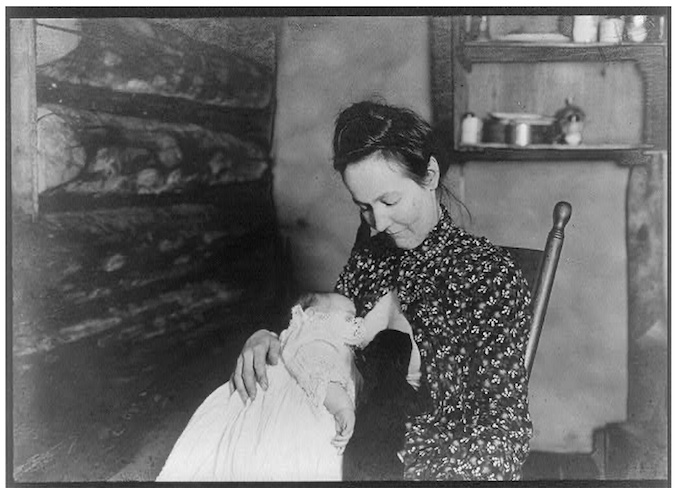
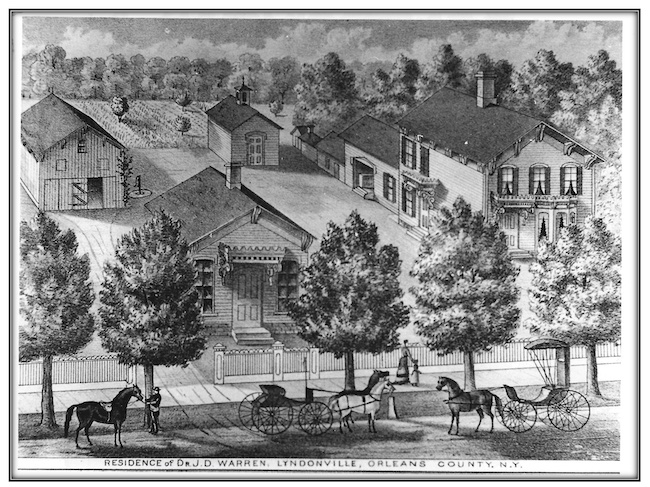
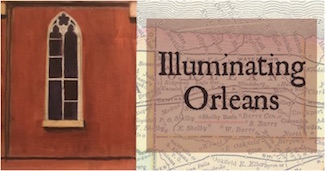 LYNDONVILLE – Several fine Italianate houses grace Main Street in Lyndonville. Our illustration, which is contained in the Historical Album of Orleans County, 1879, depicts one, the home at 55 South Main Street. The house was owned by Dr. J.D. Warren in the 1870s and subsequently by his daughter Louise and her husband, Dr. Charles E. Fairman, until his death in 1934.
LYNDONVILLE – Several fine Italianate houses grace Main Street in Lyndonville. Our illustration, which is contained in the Historical Album of Orleans County, 1879, depicts one, the home at 55 South Main Street. The house was owned by Dr. J.D. Warren in the 1870s and subsequently by his daughter Louise and her husband, Dr. Charles E. Fairman, until his death in 1934.
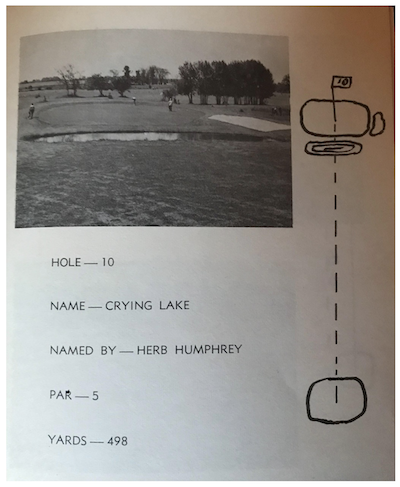
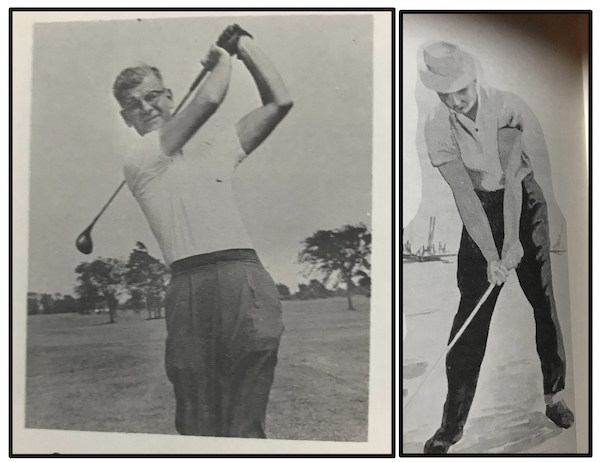
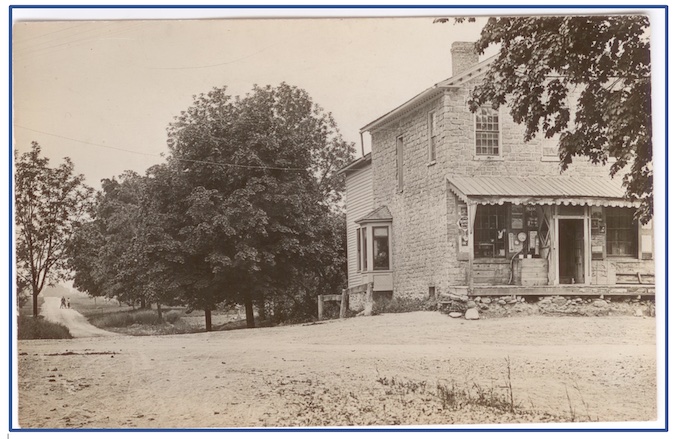
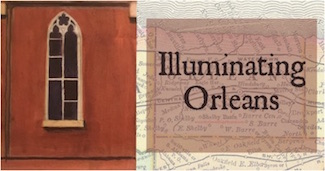 MILLVILLE – Can you identify the building shown in this 1915 postcard?
MILLVILLE – Can you identify the building shown in this 1915 postcard?
